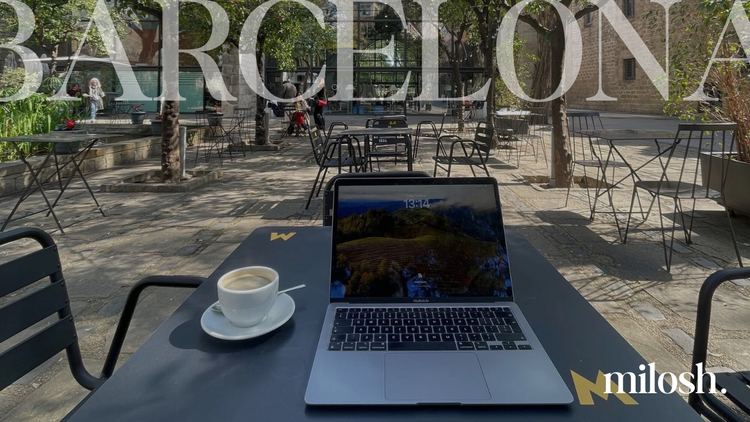Coliving Diaries #1 from Vermont- The Essence of Communal Living

What’s it like to live and work with a group of strangers from various parts of the world? One of the huge perks of travelling is that it connects you with like-minded individuals. You get to meet people whose mindset is programmed exactly like yours. Last week, I had the opportunity to experience just that in the state of Vermont. This time, it not only opened my eyes to the beauty of the Green Mountain State but also reinforced my belief in the power of coliving (not that it was needed, lol). Read more about how sharing a household with like-minded individuals can transform your work, life, and perspective.
A Week That Reminded Me How Valuable The Community Is
Vermont was never on my radar as a must-visit destination. Yet, as I’ve learned through my nomadic journey, life has a way of surprising us when we least expect it. After spending two months in the Southwest of the U.S., I suddenly found myself in a house with a group of individuals from Spain, the U.S., and Colombia. What a diverse bunch it was—business owners, freelancers, and employees from various industries, all working different hours. Yet, we had something that connected us strongly: our values and appreciation for life’s opportunities.
Peer pressure and group motivation are often underestimated and can push us beyond our boundaries. For example, I do not personally love sprints, but if there are four other people from the house getting up to get it done, I will do so too.

Our days were filled with a perfect balance of work and play. Mornings often started with group runs or hikes, followed by focused work sessions. Lunch breaks became opportunities for spontaneous yoga sessions or quick dips in nearby waterfalls. We made sure to cook a meal together at least once a day and to express what we were grateful for. In the evenings, we shared our ideas under the starry Vermont sky, made s'mores, or just tried to survive bloodthirsty mosquito attacks.
The Rising Trend of Coliving
My experience is proof of a growing global trend. Coliving spaces are popping up worldwide, catering to digital nomads, remote workers, and anyone seeking a more connected and flexible living arrangement. According to a report by Coliving Ventures, the global coliving market is expected to reach $550 billion by 2027. One may ask, why is coliving gaining such popularity?
It’s incredibly simple:
- Community and Connection:
Coliving offers a chance for real, face-to-face interactions. Humans are social creatures and crave connections, which can be found within your family, friends, at work, or through your hobbies. Coliving spaces typically bring together like-minded individuals, making it easier to create meaningful connections that have the potential to last for years. Before coming to Vermont, I didn't know anyone from this group except my friend Will, who organized this pop-up coliving week. I had only met him twice in my life: once in Colombia in 2022, where we got to know each other over a couple of weeks and realized we had similar interests, and then during an expedition to Japan in 2023, where we travelled extensively across the country and spent a week backcountry skiing on the island of Hokkaido. Despite spending limited time together over the past two years, we both agreed that we felt closer to each other than to some friends we've known for years. At the end of the day, we all evolve in one way or another. The interests we have shape the people we surround ourselves with.

- Learning & Inspiration:
Surrounding yourself with motivated individuals can significantly impact your work output. Seeing other people getting work done can increase your productivity by a large margin. I love learning from people who are smarter than me and hearing stories of how someone bet on themselves and made it work. I was particularly impressed by the journeys of my friends José and Laura.
José came to the U.S. from Andalucía without speaking a word of English, relying on his football skills, and eventually built multiple businesses. Laura, a young psychologist from Medellín, advises her clients, native Spanish speakers based all around the world. This also made me think about how many more professions will become remote-job-first professions in the future.
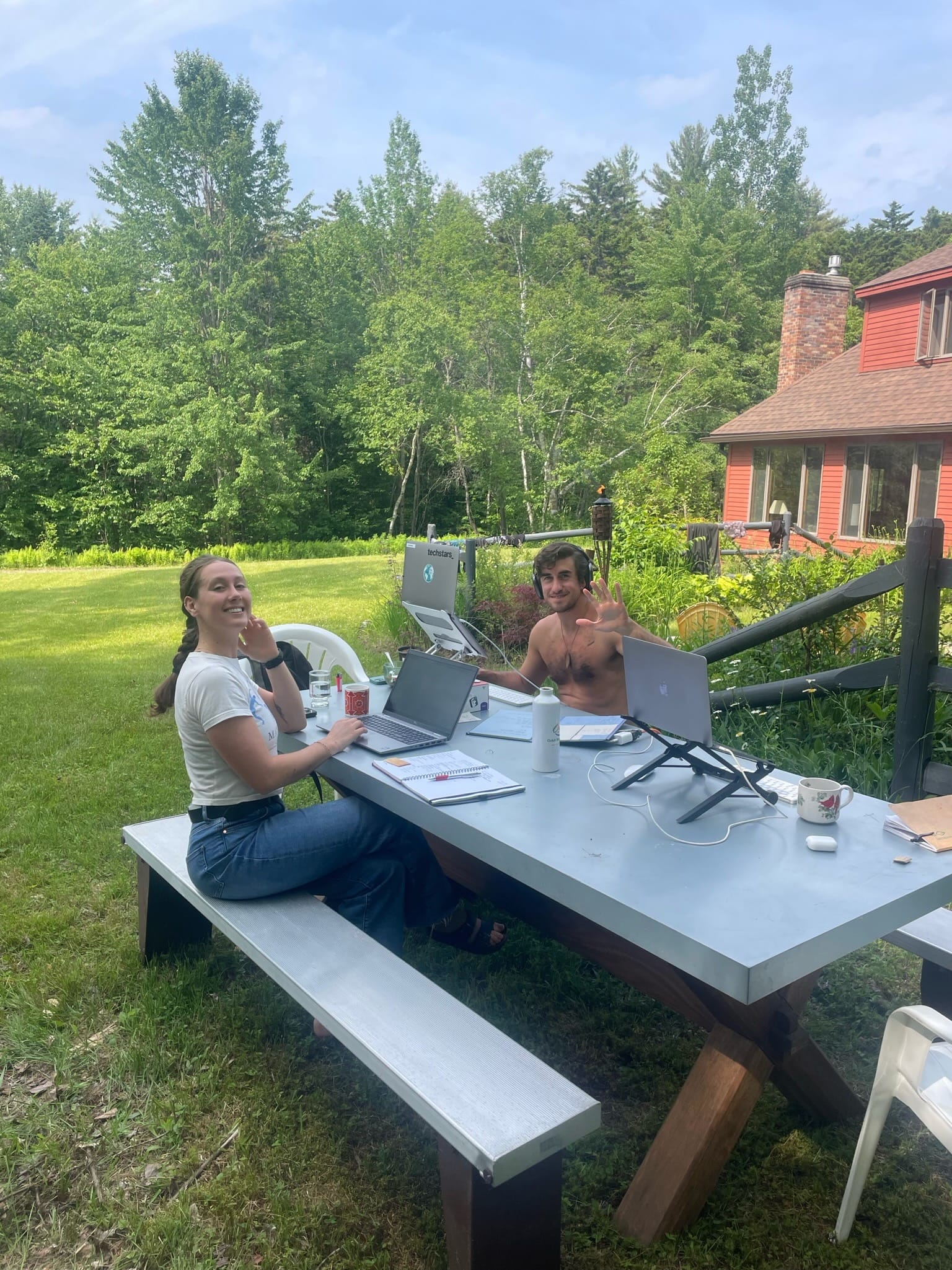
- Flexibility and Affordability:
Coliving offers a flexible and often more affordable alternative to traditional housing options. A study found that, in some cases, coliving can be up to 20% cheaper than renting a studio apartment in major cities. You also don't have to commit to long-term leases, giving you the flexibility to move around more often. Recently, more and more coliving spaces are being built worldwide. Some of them brand themselves as "destination coliving," catering to mid-term travellers like digital nomads, while others may be "residential coliving," focusing on providing shared resources for those living in big cities who prefer a community environment while maintaining their independence. I spent two months earlier this year in one such residential coliving space in Barcelona; you can read more of my thoughts here.
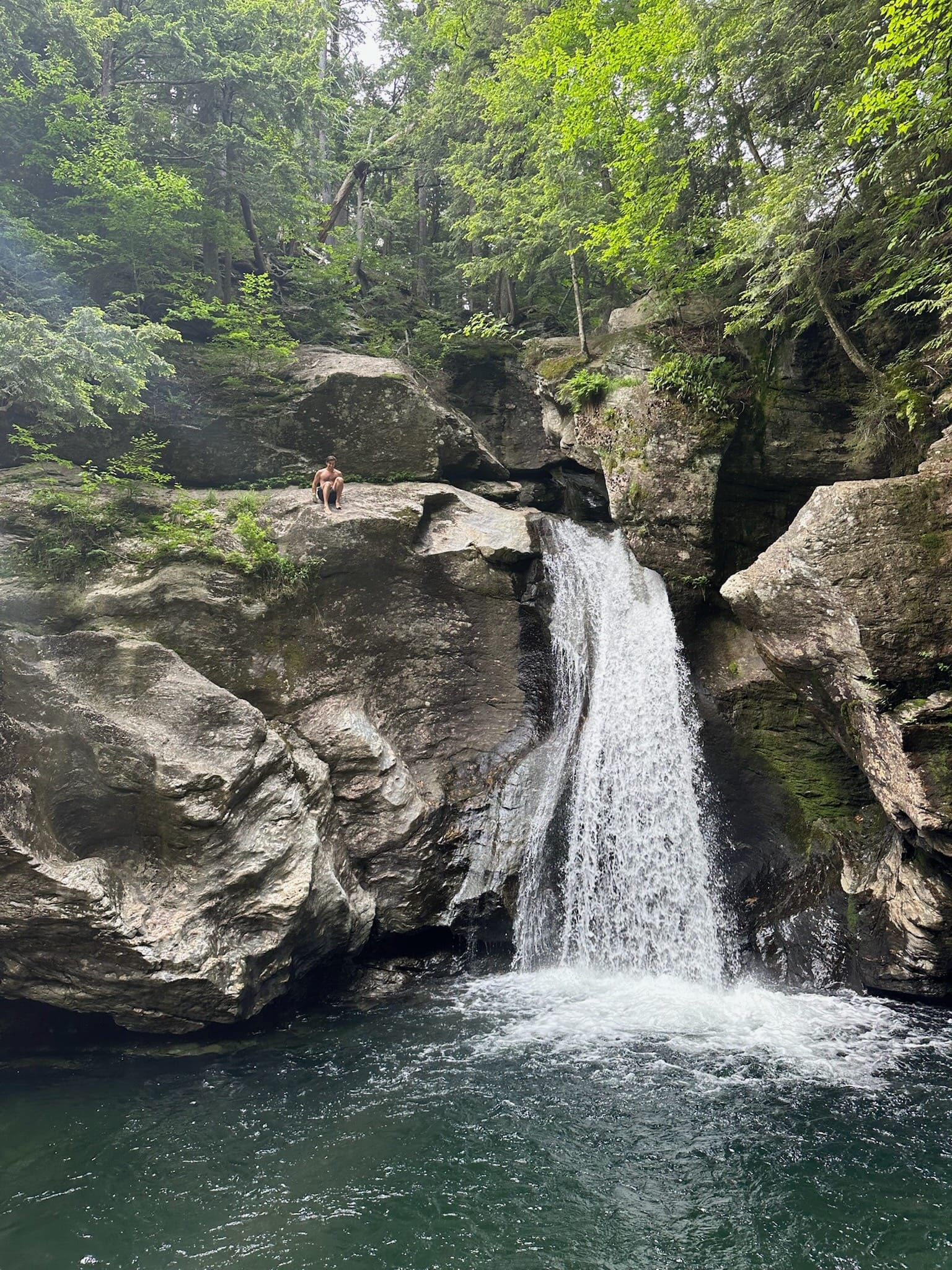
A walking coliving advocate from the French Alps, known as Théo, has been a minimalist nomad for four years, spending 97% of his time living in coliving spaces around the world. He wrote a great article about the coliving concept.
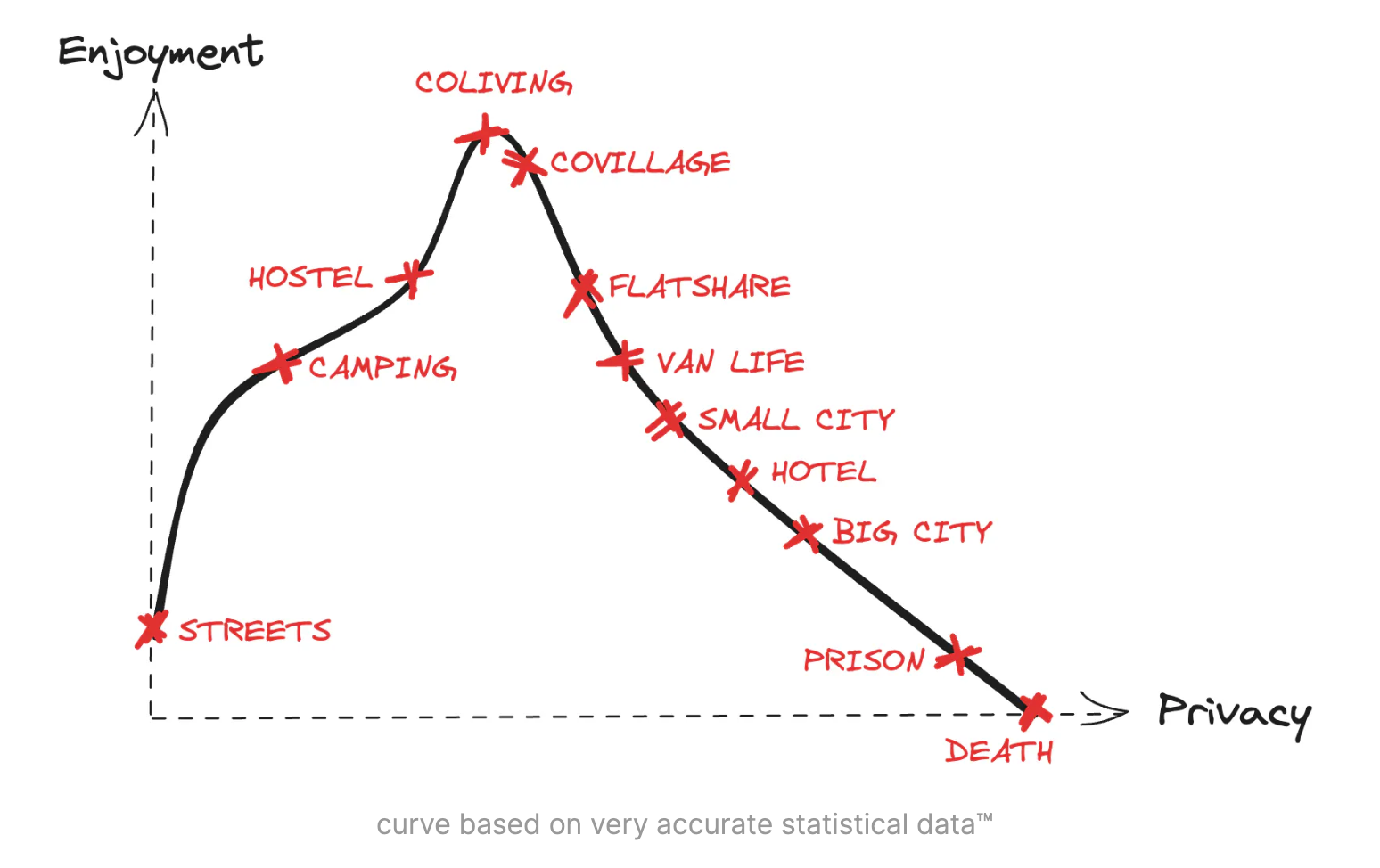
Why I'm On A Mission To Create More Infrastructure
While my Vermont experience was incredible, there is still much work needed to make this way of living available to more people. Getting to work remotely is just the first step; the next step involves overcoming infrastructure hurdles. I have been in the process of building a coliving house on the island of São Miguel for over a year now, and despite having clear intentions, many of our ideas were not met with understanding from various stakeholders. This made me realize how much work is left to do.
We can now easily book short-term vacation rentals via platforms like Airbnb or Vrbo, stay in hotel chains, or rent apartments for the mid to long-term wherever we decide to move. I am convinced that, soon enough, we can live in coliving spaces for the entirety of our time, just as Théo is already pioneering, without the need to own property.
My goal is to help build as much infrastructure as possible. Stakeholders from destination management companies, regional tourism boards, and business owners in the tourism industry are still not fully aware of the potential that digital nomadism brings and how the trend is evolving. This is my public commitment to help change that.
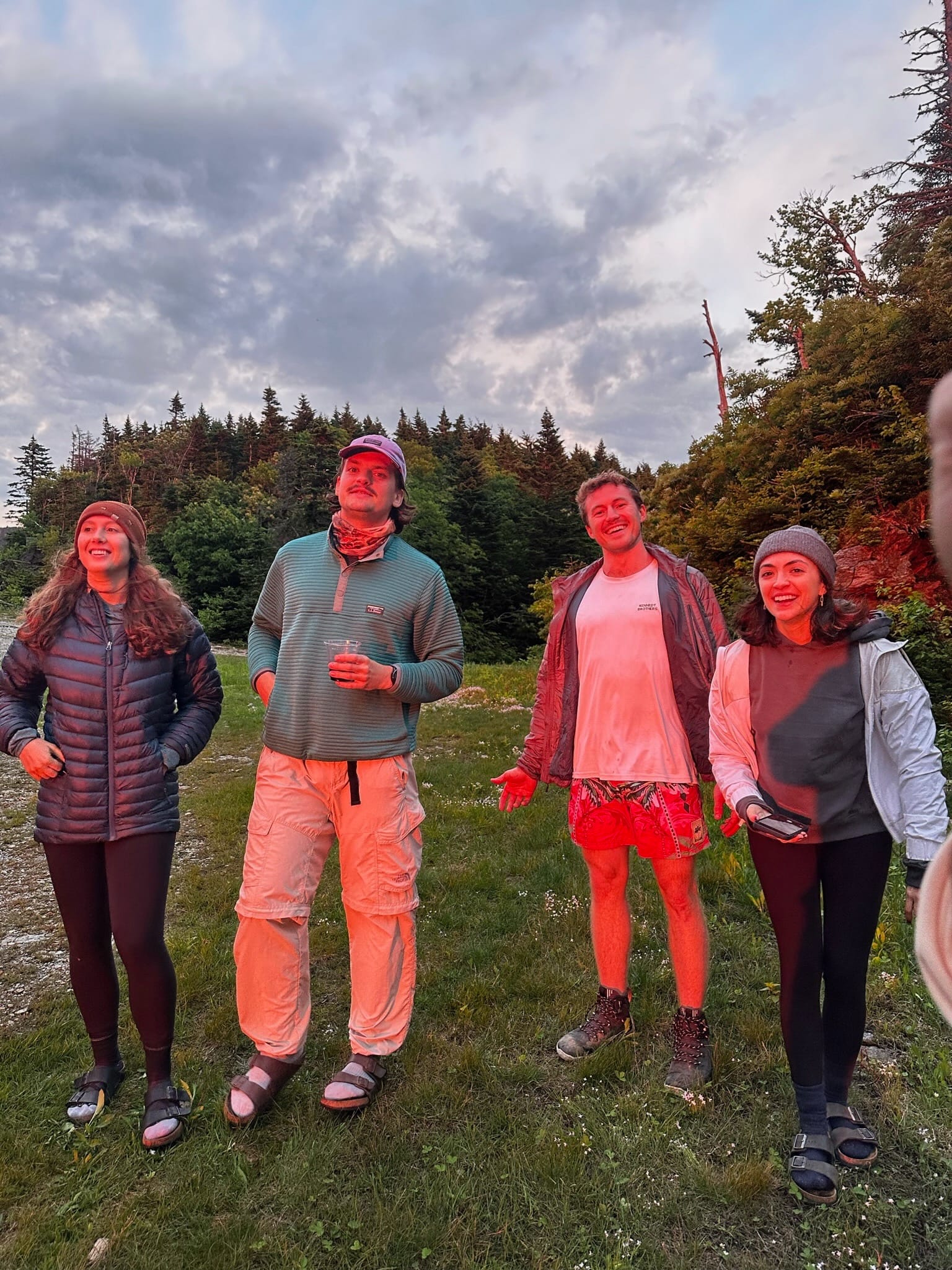
Looking Ahead
As the world continues to evolve, so too will the concept of co-living. Experts predict that by 2030, up to 30% of urban professionals in major cities will be living in some form of shared accommodation. Other estimates suggest there will be up to 1 billion digital nomads in the 2030s. We will need lodging for all of them. So far, there has been no better invention than co-living.
This shift is driven not just by economic factors, but by a growing desire for community, flexibility, and purpose-driven living.
What will be the next step? The future will tell us.
Keep exploring, keep connecting, and keep growing.



